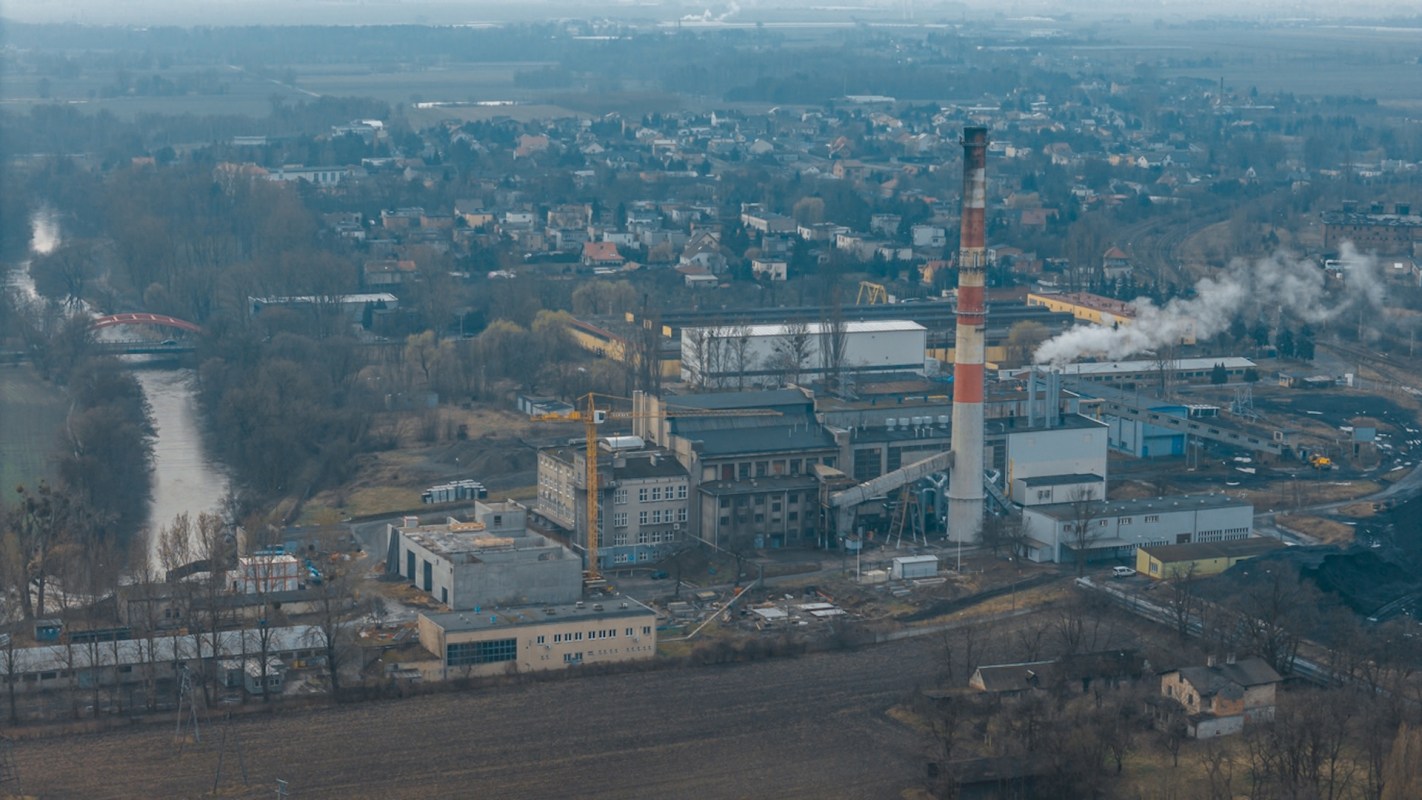The United States Department of Energy announced federal funding in November for several new projects that seek to turn former coal towns into producers of equipment used for clean energy in order to bring back jobs and help accelerate the transition to clean energy.
The money for the projects will come from the Bipartisan Infrastructure Deal, signed into law in 2021, which authorized $1.2 trillion for transportation and infrastructure spending.
The funding is expected to make a big difference. Burning coal is among the most polluting and environmentally destructive ways of creating energy. It creates "sulfur dioxide, which contributes to acid rain and respiratory illnesses"; "nitrogen oxides, which contribute to smog and respiratory illnesses"; "particulates, which contribute to smog, haze, and respiratory illnesses and lung disease"; and of course, carbon dioxide, the primary cause of the overheating of our planet, per the U.S. Energy Information Administration.
Moving toward clean, renewable energy sources like wind and solar is, therefore, clearly the way to go, and some former coal mines have been repurposed. However, in general, the transition has been rougher on the areas that relied on the industry.
According to the EIA, there are fewer than 50,000 coal miners still employed in the United States — a number that has generally declined since the peak of the industry, in 1923, when there were over 850,000.
But while the long transition away from coal has been difficult, there is hope with this influx of funding that the clean-energy sector can provide jobs — safer, less disease-inducing jobs — to those former coal miners.
"In places like Texas or in the middle of the country where there's a lot of solar and wind, fossil fuel communities are relatively well positioned to take advantage of renewables," E. Mark Curtis, an economist at Wake Forest University who is studying the clean energy transition as it relates to labor, told The New York Times. "Coal communities generally don't have that, especially when you think about Appalachia."
Among the projects being funded by the Bipartisan Infrastructure Deal, per the Times, are a plant that will produce metal alloys for clean energy, a wind turbine manufacturer, and a company that makes windows for energy-efficient buildings.
Join our free newsletter for cool news and actionable info that makes it easy to help yourself while helping the planet.









